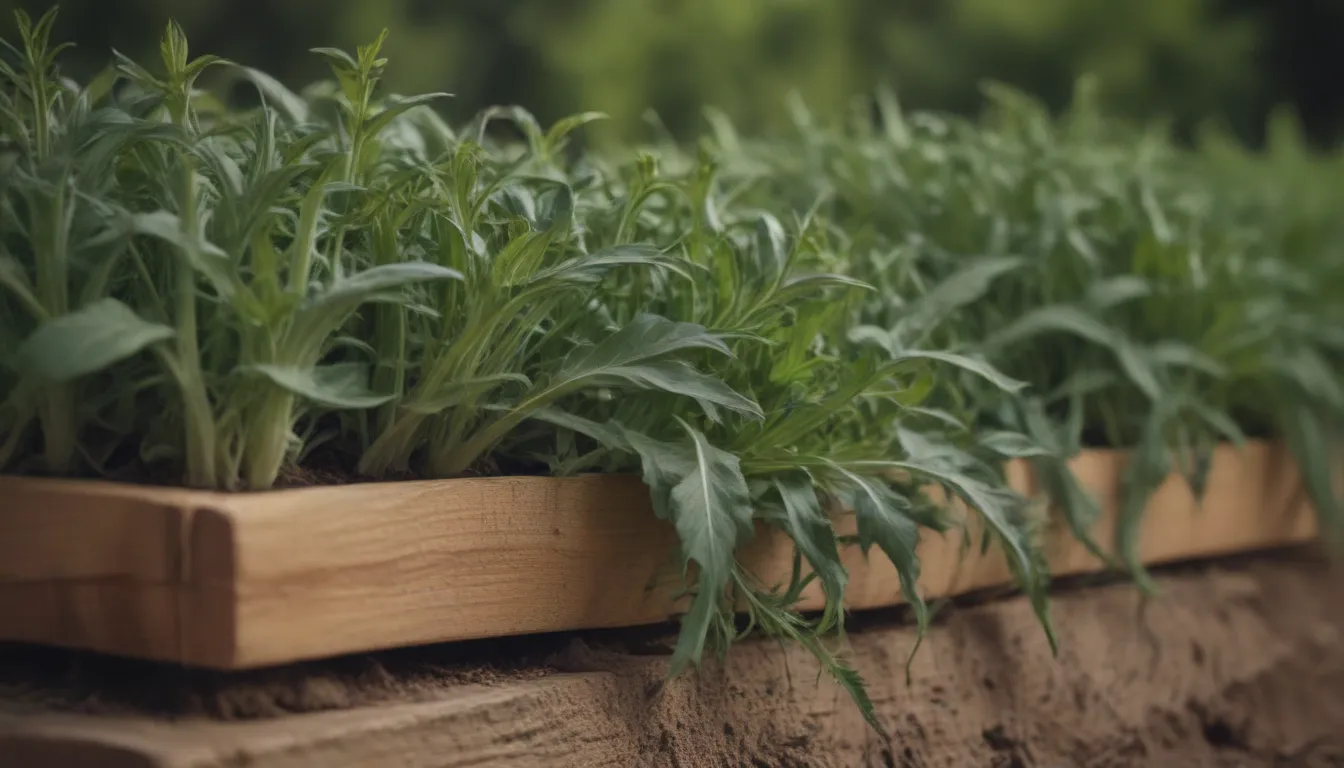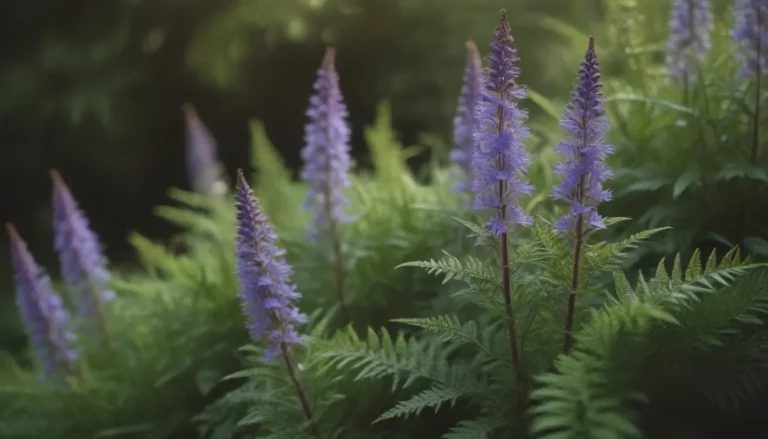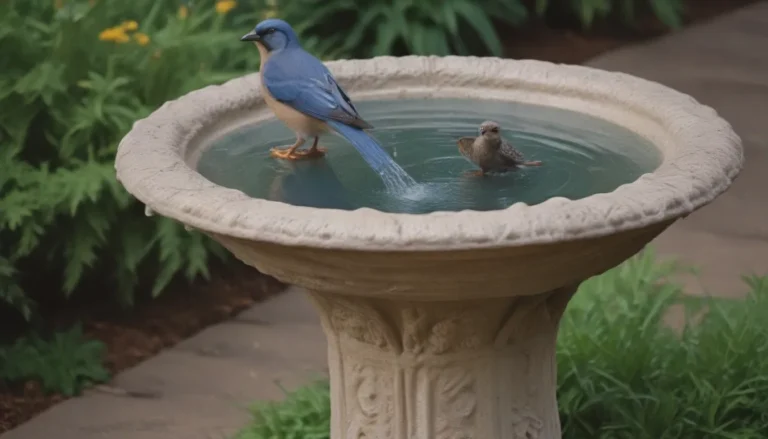Everything You Need to Know About Growing Arugula

Are you looking to add a flavorful and nutritious green to your garden? Look no further than arugula! Arugula, also known as Eruca vesicaria, is a fast-growing annual leafy vegetable that belongs to the mustard family. Its slightly tart and peppery flavor adds a unique twist to salads and other dishes. In this comprehensive guide, we will walk you through everything you need to know about growing arugula successfully.
Benefits of Growing Arugula
Before we dive into the nitty-gritty details of planting and caring for arugula, let’s take a moment to appreciate the many benefits of growing this versatile vegetable:
– Arugula is packed with nutrients, including vitamins A, C, and K, as well as calcium, magnesium, and potassium.
– It is a low-calorie food that can help support weight loss and overall health.
– Arugula is easy to grow and matures quickly, allowing you to enjoy a continuous harvest throughout the growing season.
– Its unique flavor adds a gourmet touch to salads, sandwiches, and other dishes.
How to Plant Arugula
Arugula is a cold-season vegetable that can be planted in early spring or late summer. Follow these steps to ensure a successful arugula planting:
When to Plant
Arugula is generally ready to harvest about 40 days after seeding. To maximize your harvest, plan to plant arugula in both spring and late summer. Avoid planting in the high heat of midsummer, as arugula prefers cooler temperatures.
Selecting a Planting Site
Choose a sunny to part-sunny location with well-draining soil for your arugula. Container growth is also an option if you have limited space. Avoid planting arugula in soil where other members of the Brassicaceae family have been grown recently to prevent pests and diseases.
Spacing, Depth, and Support
Plant arugula seeds about 1/4 inch deep and 1 inch apart in rows that are approximately 12 inches apart. If using nursery plants, position them at the same depth as they were in their containers. Arugula does not require a support structure.
Arugula Plant Care
Taking care of your arugula plants is essential for a bountiful harvest. Follow these guidelines to keep your arugula healthy and thriving:
Light
Arugula thrives in full sun, receiving at least six hours of direct sunlight each day. In warmer climates, provide afternoon shade to prevent wilting and bolting. This will help extend your harvest.
Soil
Arugula prefers well-drained soil with a slightly acidic to neutral pH. While it can tolerate various soil types, nutrient-rich loam is ideal for optimal growth.
Water
Ensure your arugula plants receive regular watering to support healthy growth and flavorful leaves. Keep the soil consistently moist but not waterlogged, watering as soon as the top inch of soil feels dry.
Temperature and Humidity
Arugula thrives in temperatures between 45 and 65 degrees Fahrenheit and can tolerate frost. Protect plants from extreme heat with shading or row covers. Arugula does not require high humidity and grows well in arid climates with adequate water.
Fertilizer
Arugula typically does not require additional feeding if planted in nitrogen-rich soil. Pale leaves indicate a lack of nutrients, so enrich the soil with compost before planting.
Pollination
Arugula is a self-pollinator that can also cross-pollinate via insects and wind. Be mindful of separating different arugula varieties to avoid unwanted hybridization.
Types of Arugula
The world of arugula offers a variety of flavors and appearances to explore. Here are some popular arugula types to consider for your garden:
– ‘Astro II’
– ‘Apollo’
– ‘Olive Leaf’
– ‘Red Dragon’
– ‘Sylvetta’
Arugula vs. Spinach
While arugula and spinach are often used interchangeably in recipes, they have distinct flavors and textures. Arugula’s peppery taste contrasts with spinach’s mild sweetness, making them versatile choices for salads and dishes.
Harvesting Arugula
Harvesting arugula at the right time is crucial for maintaining its taste and texture. Follow these tips for a successful arugula harvest:
– Harvest leaves when they reach around 3 inches long for the best taste.
– Collect outer leaves by cutting or tearing them off toward the base to allow the plant to continue growing.
– Avoid harvesting leaves once the plant has bolted, as they may become bitter. Instead, use the flowers for a peppery bite in salads or sandwiches.
– Store harvested arugula in the refrigerator for up to a week for optimal freshness.
How to Grow Arugula in Pots
Growing arugula in containers is a convenient option, especially if you have limited space or want easy access to fresh greens. Follow these steps to grow arugula in pots successfully:
– Choose a container with drainage holes that is at least 6 inches deep.
– Use a well-draining potting mix and water consistently to keep the soil moist.
– Consider using a self-watering container for easier care and maintenance.
Pruning
Regular harvesting is the primary form of pruning for arugula plants. Remove any broken or diseased leaves promptly to prevent the spread of problems.
Propagating Arugula
Saving seeds is an effective way to propagate arugula plants and maintain your favorite varieties. Follow these steps to save arugula seeds:
– Ensure different arugula varieties are separated by at least 800 feet to avoid cross-pollination.
– Collect seeds from mature arugula plants and store them in a cool, dry place for future planting.
How to Grow Arugula From Seed
Starting arugula from seed is a common method for gardeners. Follow these steps to grow arugula from seed successfully:
– Direct-seed arugula in the garden about one to two weeks before the final frost in spring.
– Lightly cover the seeds with soil and keep the soil evenly moist for germination.
– Thin seedlings to 6 inches apart once they emerge, saving the baby greens for consumption.
Potting and Repotting
Pot arugula in a quality all-purpose potting mix in a container that accommodates its mature size. Avoid repotting to minimize disturbance as the plants grow.
Overwintering
Arugula is an annual plant and does not require overwintering. Consider growing arugula indoors with supplemental light during the winter months.
Common Pests and Plant Diseases
While arugula is relatively pest and disease-resistant, a few issues may arise. Keep an eye out for bacterial leaf spot, powdery mildew, and pests such as slugs, cabbage loopers, aphids, and flea beetles. Implement preventive measures to protect your arugula plants and ensure a successful harvest.
In conclusion, growing arugula is a rewarding experience that allows you to enjoy fresh, flavorful greens throughout the growing season. By following these tips and guidelines, you can cultivate healthy arugula plants and savor the delicious harvests they produce. Whether you’re a novice gardener or seasoned green thumb, arugula is a versatile and nutritious addition to any garden. Happy growing!





